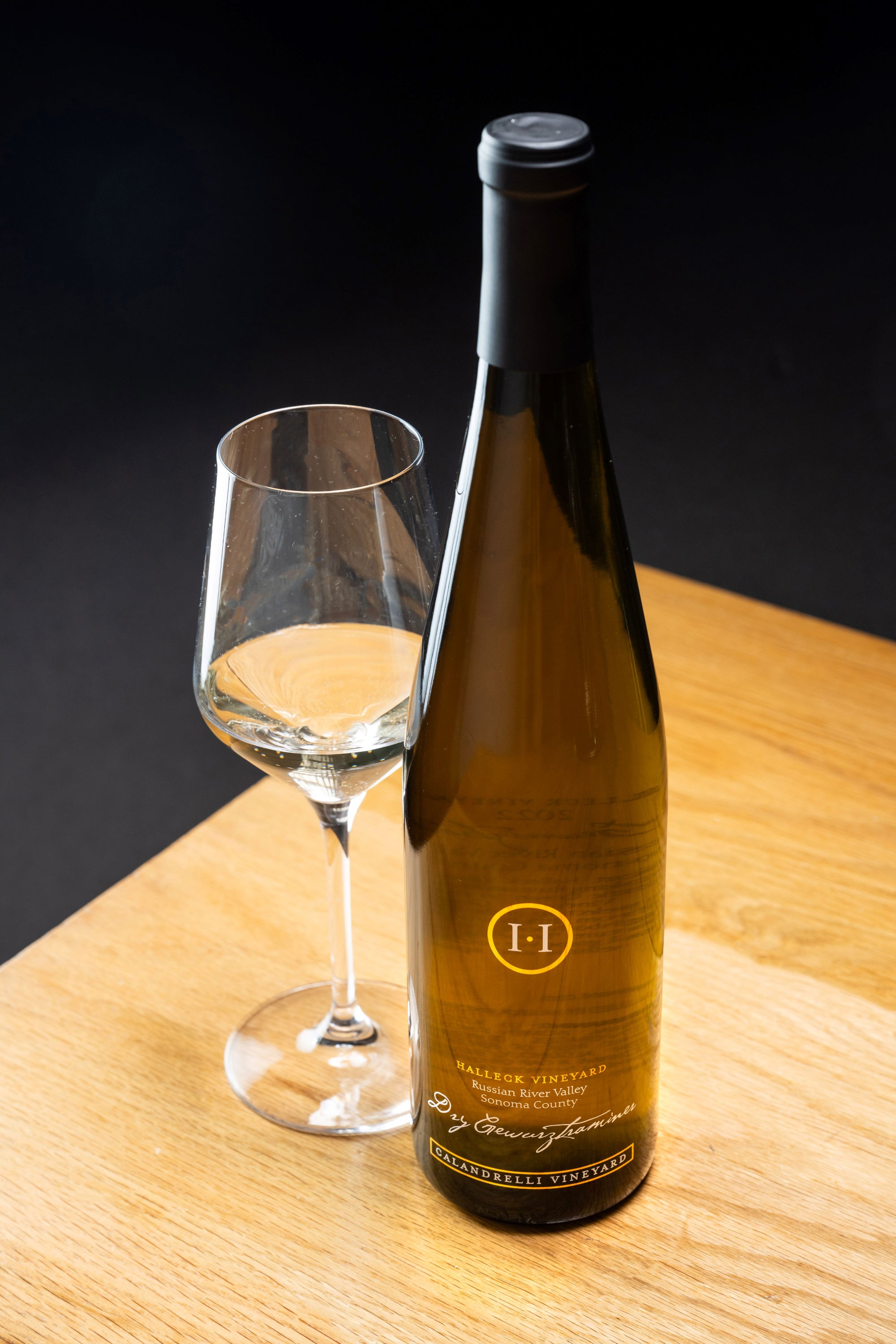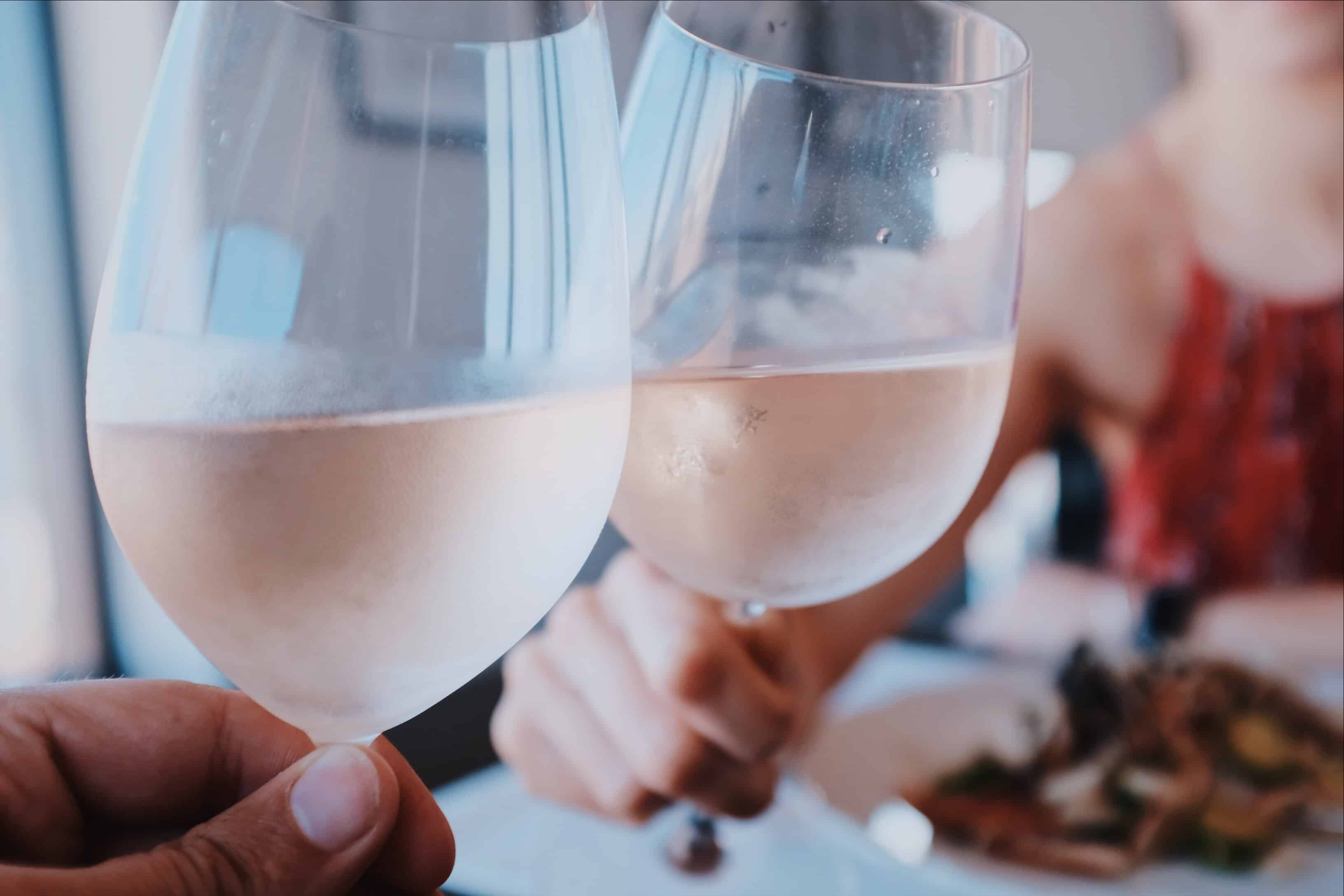Family Friendly Wineries With Outdoor Spaces - Sebastopol Wine Experiences
Family Friendly Wineries With Outdoor Spaces - Sebastopol Wine Experiences
Blog Article
Wineries Providing Guided Vineyard Walks - Sonoma Vineyards To Explore
Wine tasting is an art that combines sensory experience with an appreciation for the nuances of different varietals. How to judge flavors in winery wine tasting sessions is pivotal to grasping the complexities of wine.
Partaking in a wine tasting entails greater than simply sipping and savoring. It requires a targeted strategy to establish aromas and flavors that every wine presents. As you start, observe the wine's appearance, noting its color and clarity. These visual cues usually suggest a wine’s age, grape selection, and even potential flavor profiles.
The subsequent step within the tasting course of is to swirl the wine in your glass. This motion releases aromatic compounds which might be important for evaluation. Lean in and take a moment to inhale deeply; the aromas can vary from floral and fruity to spicy and earthy. The nose of the wine is just as necessary because the palate, and recognizing scents plays a big position in understanding the general experience.
When taking your first sip, allow the wine to maneuver throughout your palate - Wineries Known For Their Hospitality. Discover the initial flavors that current themselves. Is the wine fruity, floral, or perhaps herbaceous? This preliminary style provides insight into what the wine is prone to categorical as you continue to gauge it. The mouthfeel additionally contributes to the general flavor experience; it might be silky, tannic, or even effervescent.
Popular Wineries With Outdoor Seating In Sonoma - Wine Tasting And Vineyards In Sonoma
As you proceed tasting, pay attention to the wine’s stability. A well-balanced wine will harmonize acidity, sweetness, and tannins. If one component overwhelms the others, it might point out a much less desirable quality. Evaluating steadiness can help you identify how well the wine might pair with food.
Transitioning to the finish, think about how the flavors evolve as the wine lingers on your palate. A long, nice end can indicate a high-quality wine, whereas a short or abrupt end would possibly counsel in any other case. Replicate on whether the flavors remain consistent or if new notes emerge because the wine settles. This progression can reveal complexities and intricacies that might not have been apparent within the initial tasting.
Temperature is also an important think about evaluating wine flavors. Different types of wine are optimally enjoyed at specific temperatures. White wines typically shine when chilled, while red wines generally carry out best at room temperature. When tasting, make positive the wine is on the appropriate temperature to fully respect its character.
Wineries With Breathtaking Gardens In Sonoma - Best Winery In Sonoma For Quality Wine
Pairing food with wine can greatly enhance the tasting experience. Foods can influence the perception of flavors in wine, both highlighting sure characteristics or diminishing them. When evaluating flavors, think about how the wine interacts with totally different meals, noticing which flavors are amplified or muted (Wineries Offering Educational Wine Seminars).

Contemplate the influence of terroir as you interact in a winery tasting. Terroir encompasses the distinctive environmental components that affect grape growing, together with soil composition, climate, and geography. Understanding a wine's terroir can provide insight into its flavors and aromas, fostering a deeper appreciation for the alternatives made throughout its cultivation and manufacturing.
Training performs a elementary role in enhancing one's ability to judge wine flavors. Learning about grape varieties, wine areas, and production methods can pave the method in which for extra informed judgments during tastings. Additionally, attending workshops or classes can refine sensory skills and expand your flavor vocabulary, enabling you view to articulate tasting notes more successfully.

Lastly, it's important to do not overlook that evaluating wine flavors is a highly personal experience. Individual preferences and perceptions will invariably shape one’s tasting journey. Enjoyment ought to be on the forefront, with the evaluation course of appearing as a tool to enhance understanding and appreciation rather than create inflexible pointers.
Best Chardonnays From Sonoma Winemakers - Wineries To Visit
In conclusion, mastering tips on how to evaluate flavors in winery wine tasting classes entails a mixture of sensory engagement, knowledge, and practice. By learning to establish aromas, assess the balance, and recognize the intricacies of flavor, wine enthusiasts can deepen their connection to each bottle they encounter. As with any art kind, the more one immerses themselves within the experience, the extra they may discover and enjoy the vast world of wine.
- Start by observing the wine's shade and clarity, as these visual parts can hint at its flavor profile and growing older potential.
- Swirl the wine gently in your glass; this releases fragrant compounds, allowing you to better establish the advanced scents related to the wine.
- Take a deep inhale before tasting, specializing in each main and secondary aromas to collect insights on fruits, spices, and other nuances.
- When tasting, allow the wine to coat your palate; note the preliminary flavors, the mid-palate complexity, and the end as these stages can present completely different flavor highlights.
- Pay attention to texture and mouthfeel, as features such as tannin ranges, acidity, and sweetness contribute considerably to the general tasting experience.
- Examine flavors in opposition to standard wine traits; for red wines, contemplate berry notes, oak affect, and natural tones, whereas whites might embrace citrus, stone fruits, and floral hints.
- Take notes in the course of the tasting session to trace your impressions, serving to you to recollect and consider the completely different wines sampled.
- Focus On your findings with fellow tasters or winery workers, as sharing insights can improve understanding and appreciation of individual flavors.
- Permit time for the wine to breathe; sometimes, flavors evolve and reveal new dimensions after being uncovered to air.
- Experiment with food pairings through the tasting as they'll dramatically alter how flavors are perceived, influencing total enjoyment.undefinedWhat ought to I look for when evaluating the aroma of wine during a tasting?
Begin by swirling the wine in your glass to launch its aromas. Convey the glass to your nose and take a deep breath. Pay consideration to the primary scents you detect, as these are sometimes the most distinguished. Look for fruit, floral, natural, or earthy notes and attempt to identify specific traits, which can deepen your understanding of the wine's complexity.
Wineries Focusing On Single Vineyard Wines - Tasting Fine Wines In Sonoma County
How can I distinguish between totally different flavor profiles in wine?
Understand that flavor profiles are sometimes categorized as fruit, floral, herbaceous, spicy, or mineral. Take small sips and permit the wine to coat your palate. Notice the primary flavors that emerge first and the refined notes that observe. This layering is crucial in distinguishing the wine's characteristics and can allow you to appreciate its unique profile.
Wineries Renowned For Cabernet Sauvignon In Sonoma - Vineyard Tours In Sebastopol
What is the significance of the wine's texture in a tasting?

The texture of the wine, also called mouthfeel, performs a crucial position in how we perceive flavors. Pay attention as to great post to read whether the wine feels easy, creamy, or gritty. The body of the wine (light, medium, or full) can improve or distinction with flavors, offering a more rounded experience throughout tasting.
How do I assess the stability of flavors in wine?
Steadiness in wine refers to the harmony between acidity, sweetness, tannin, and alcohol. Take a second to evaluate whether these elements complement or intrude with each other. A well-balanced wine could have none of its elements overpowering the others, creating a pleasant tasting experience.
Family Friendly Wineries With Outdoor Spaces - Enjoying A Vineyard In Sonoma
What role does temperature play in evaluating wine flavors?
Temperature can significantly influence the perception of flavors. Usually, purple wines are greatest served barely under room temperature, whereas white wines take pleasure in being chilled. As the temperature modifications, the aromas and flavors can shift, permitting you to understand completely different characteristics. It’s essential to style wine at its optimal temperature for true analysis.
Wineries Known For Handcrafted Wines - Sonoma Wine Tasting Tour
How can I enhance my tasting skills over time?
Practice is vital to enhancing your tasting skills. Wineries Offering Charcuterie And Wine Pairings. Attend tastings, keep a journal of your experiences, and explore various varieties of wines to broaden your palate. Moreover, learning about wine manufacturing and grape varieties can provide context that enhances your evaluation process, making you a extra informed taster.
Is there a selected order during which I should style the wines?
Intimate Wine Tasting Experiences In Sonoma - Best Wine Tasting Spots In Sonoma County
Yes, it’s advisable to taste wines from light to full-bodied and dry to sweet. This progression prevents the stronger flavors from overshadowing the more delicate ones, allowing you to fully appreciate each wine's characteristics and nuances without palate fatigue.